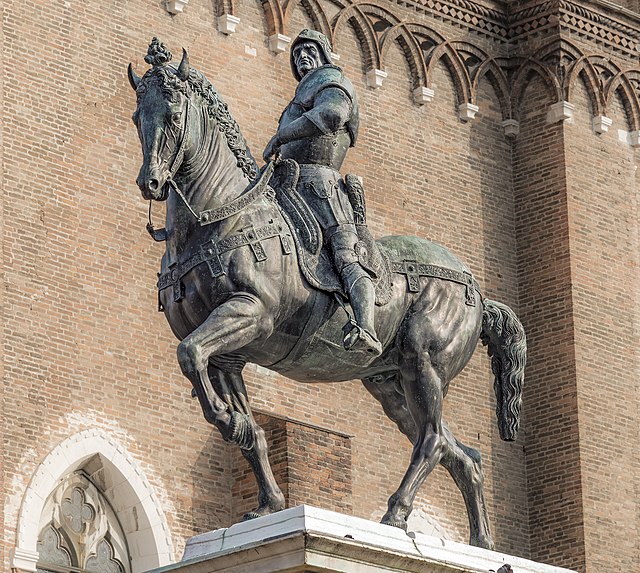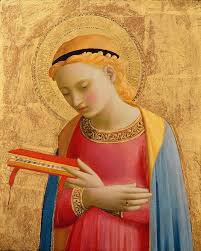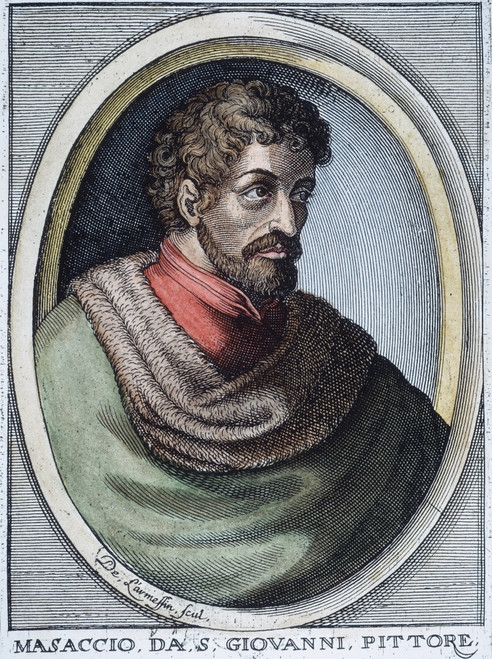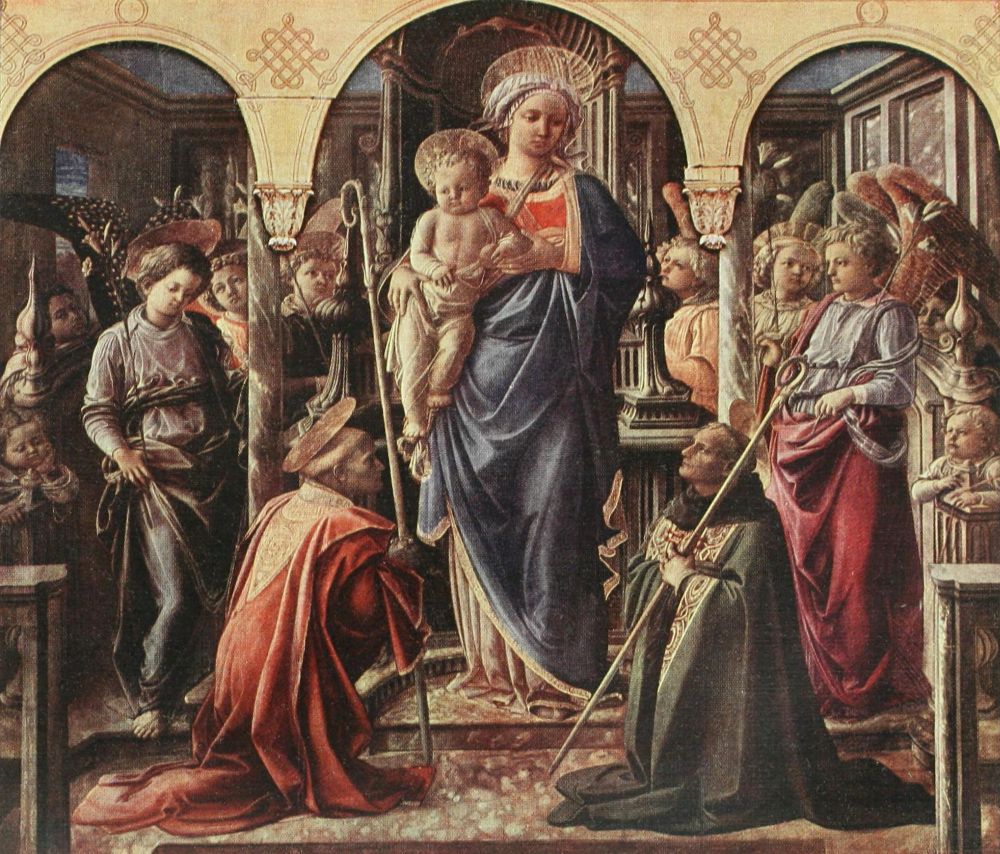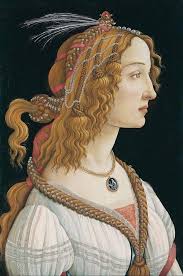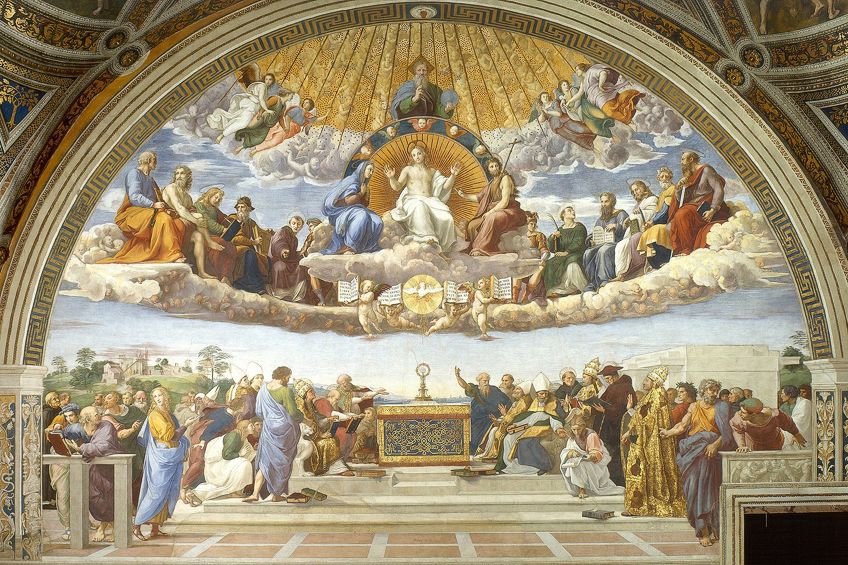Andrea del Verrocchio
Andrea del Verrocchio, originally Andrea Michele di Francesco de' Cioni (1435 – 1488), was an Italian painter, sculptor, goldsmith and master of a prominent workshop in Florence. He became known by his nickname Verrocchio, which in Italian means "true eye".
What did Verrocchio do?
Andrea del Verrocchio was born in Florence, Italy, but he spent most of his career in Venice. He was first recorded as a goldsmith in 1460 and he soon developed a flourishing business in fine jewelry and small luxury objects. His training as a goldsmith helped him transition to painting and sculpture, two fields that were closely related during the Renaissance. He also became known for his sculptures, bronze reliefs, and large-scale bronze statues, often gilded or brightly painted. His career was characterized by its variety. He worked on large paintings and small panels and made reliefs for funerary monuments.
A famous apprentice
It is possible that Verrocchio trained Leonardo da Vinci as an apprentice in his workshop – though it cannot be proved conclusively. Leonardo certainly painted figures within Verrocchio's Baptism of Christ. Verrocchio's influence on Leonardo is evident in some of his early works, such as Ginevra de' Benci.
The works
Verrocchio was well-connected throughout his life. During his early career, he received commissions from important people in Florence like Lorenzo de Medici, who was a very powerful man in Florence at that time. Verrocchio even had the opportunity to work on the famous marble statue of David by Michelangelo when he was still a teenager. In the late 1460s and early 1470s, Verrocchio worked on a number of commissions for the Duke of Milan and other patrons from northern Italy. During this period, he created marble statuary as well as bronze bells for Milan Cathedral. He is best known for his equestrian statue of Bartolomeo Colleoni in Venice, but he also created the David-Apollo group in marble (now lost), two bronze angels for the tomb of Piero de Medici, the Putto with Dolphin and an early version of the Madonna of the Pomegranate.
